Mark Your Calendars: The Grand Tourist 2026 Guide to Art and Design Fairs
A great design or art fair sets the tone for the year, defines the conversations, and points to where taste is headed. These are the fairs defining 2026. Save the dates.
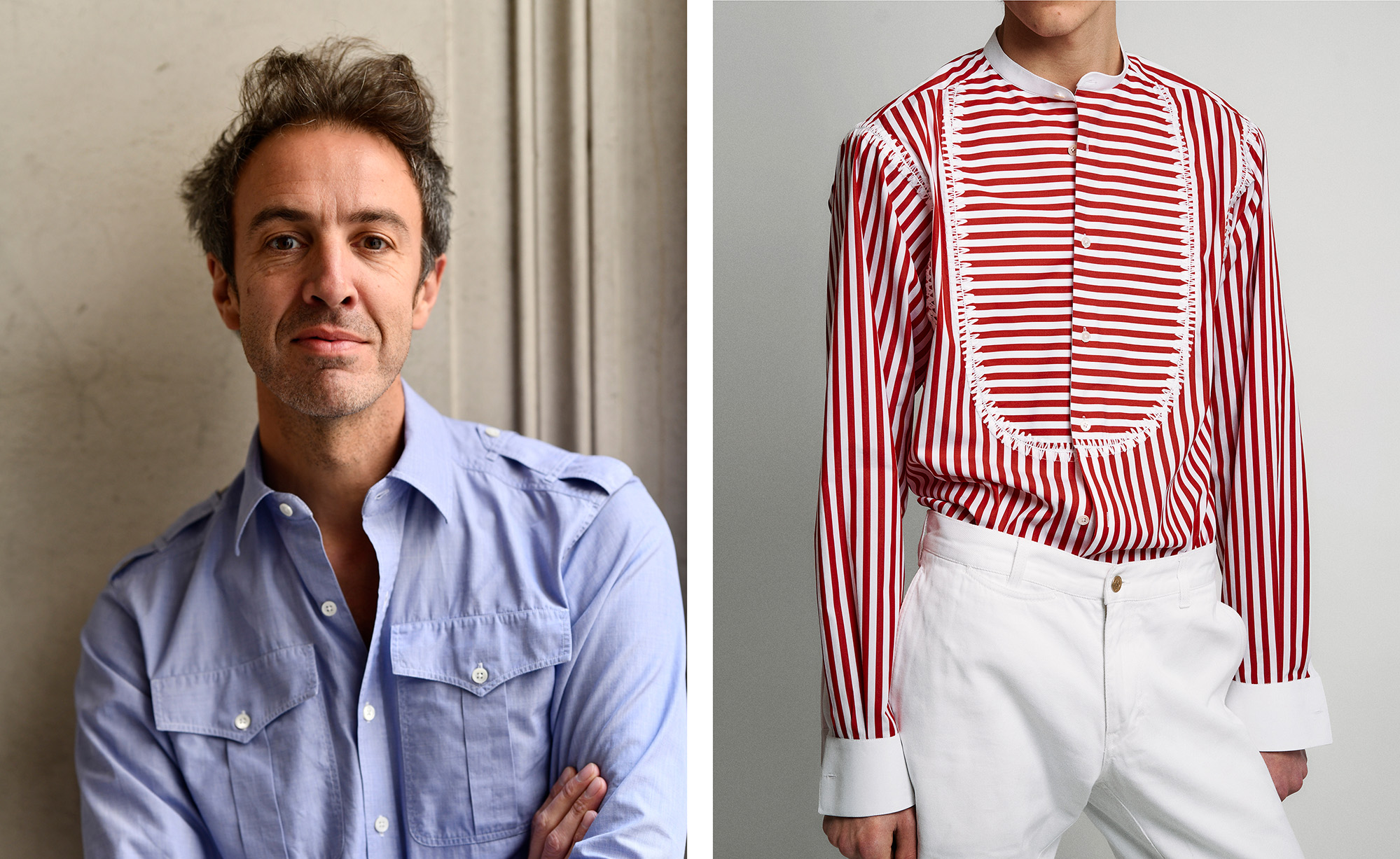
You’re reading The Grand Tourist Curator, our weekly newsletter with the latest handpicked news and insights from the worlds of art, design, style, food, and travel. Sign up here to get The Curator delivered directly to your inbox.
In 2019, Charles Sébline launched his namesake brand rooted in the efficacy of a great shirt. Before that, the designer studied at houses with a less restrained flair for the eccentric (though please don’t discount his subtle wonkiness). Born to a British mother and French father, Sébline studied at Central Saint Martins in London and learned from the best. He interned at Vivienne Westwood and assisted Yves Saint Laurent and other greats throughout the ’90s and early ’00s. One of his formative experiences, for example, was a two-week internship with John Galliano that gave him an inside look at the mastermind in charge. Sébline was mesmerized by the ensembles his superiors wore—slashed hot pants and patent loafers, he recalls—an extension of his own brand before such “branding” was de rigueur.
While Sébline’s work looks different from that of his former mentors, his approach is similarly autobiographical. He makes what he wants to wear: great shirts that infuse classic silhouettes with novelty. “It’s an easy piece to add to any wardrobe,” he says summarily. His fall/winter collection exemplifies his know-how, a clash between masculine and feminine, and his obsession with stripes that he describes as his “illness,” one perhaps he acquired from Mr. Saint Laurent? —Camille Freestone
I’d love to ask you what you’ve learned from a handful of people you’ve worked under throughout your trajectory.
I love that expression, handful. They’re big people, so I can’t really put more than one in my hand at once.
Fair point. You interned at Vivienne Westwood?
Yes. It was so long ago that it makes me quite nostalgic to think about it. I was on the foundation course at Central Saint Martins, and she came to give a lecture. This was in ’93. She came on her bicycle. We all flooded to ask her questions afterward. I was already mad about Yves Saint Laurent, and I knew that she was, too, so I spoke to her about him. She rang up to the college the next day and asked if I wanted to be an intern. I worked there for three seasons, and it was amazing. I was very lucky. I remember I spent one night sewing with her, and I really knew how to do absolutely nothing at the time. I could just about make a cup of tea. I was supposed to sew these fake chinchilla bobbles to the end of a leather belt. She was very patient with me. We literally sat there, the two of us together, until 3 a.m. making them. Anyway, she was extremely generous, and very kind, and I’m sure she did this for lots of others. She helped you if she wanted it. It was wonderful to watch her work, and to see her incredible mind, and her strength, her courage, her humor, the whole thing. I was obsessed with construction, with how things were going to be made, and I didn’t know how to make things. And I said this to her, and she said, “Well, you need to go to Paris to learn how to make couture.”
What was it like working for Yves Saint Laurent?
It was absolutely extraordinary. But I was young, I was naive. He’s Goliath. What was amazing was actually the energy of the house and the level of know-how, which doesn’t exist anymore. It was all about how something fell, how it was made, and how it was finished. Even if you didn’t like the designs, they were just amazing. And that just isn’t part of today’s vocabulary.
I read that you worked with a tailor named Jean-Pierre under Yves in Paris?
Mr. Jean-Pierre! He was the tailor who made all the couture suits, and some of the ready-to-wear as well. He made the first Le Smoking. He was brilliant. It was incredible watching him work. They all knew how to hold a pin, and they worked with a thimble, and they knew how to pin a toile or a piece of clothing on the client. They were like ballet dancers with their hands. They worked so quickly. I remember a fitting he was doing with Nan Kempner, and they were both thoroughbreds, each of them. It was amazing watching that.
You were there for the transition from Saint Laurent to Tom Ford in 1999. What was it like to transition to the new generation under Ford? Yet another legend to work with!
Such a different generation, and super nice guy, super respectful, super able. Very different. Not as involved with clothes as Mr. Saint Laurent or Vivienne were. The fashion industry was much smaller. There were fewer people wanting to be designers. I was really lucky. For instance, I was 15 for my first internship with John Galliano. When I was there, he had the most amazing look, which was very similar to the look he’s gone back to now. He wore this Rastafarian beret the whole time with a sleeveless T-shirt, and then he had these dormitory striped pajamas cut off as hot pants and white patent leather loafers. The power of his look was so potent and strong. One day, he had a meeting with a backer, and he was going to meet him with a model. He and the model were both wearing the same pinstripe trouser suit with a pony-skin back. He took off the beret, and these 18th-century ringlets fell down. It was so, so good.
Do you think a head creative director or designer needs to have such a strong personal look?
Oh, it’s incredibly important. It’s the most important thing. Loulou de la Falaise was the most extraordinary human being I’ve seen in my life. She was all these things at once. She was a Pre-Raphaelite beauty, Shakespeare’s Puck, a 1960s rocker, I don’t know, Mick Jagger? I remember one morning she came into work, and Ms. Susanna Hall said, “Oh, L’Ange Bleu,” in reference to the Marlene Dietrich film. She was beyond. She was his creation in a way, and she brought so much as well. Vivienne was also extraordinary, they’re both so different. She was so powerful in clothes. That visual language addresses something that fascinates me.
What do you mean by “that visual language”?
I love clothes and paintings. I was in Montauban at the Musée Ingres Bourdelle last week. A lot of the artist’s drawings are there. At that time, men wore black frock coats and jumpers that were what we call in French beurre frais, fresh butter. It’s a color given to fabric. Anyway, it was in suede at the time, and they almost looked naked. It was so powerful. I think it’s much less so today. People had to change three times a day 70 years ago, and your status was really shown by what you wore. Well, that gives it an importance in the structure of society. Today, Bill Gates can wear a T-shirt to work, and nobody bats an eyelid. So it’s business, it’s commerce, it’s branding, it’s all this kind of stuff.
Does that affect you more, looking at a person with a strong, unique sense of self, or are you more so looking at the way a collection is put together?
I think it’s an ensemble, it’s a whole. Mr. Saint Laurent wore a suit every day. But he wore the most perfect suits that were made by tailors for him. He was impeccably dressed. He used to go to this place on Rue de Sèvres. Apparently he ordered 40 or 50 pairs of cotton chinos, made to his measurement, for one summer. Azzedine [Alaïa] wore black cotton, sort of Chinese-inspired pajamas every day to work. He made the most extraordinary clothing. This little man was an absolute genius.
When you’re new, just to stand in the room with a designer like that is everything.
Yeah, it is. And then, you really have to just work and learn things yourself. Nobody can teach them to you. The best thing I learned at Saint Laurent was—it sounds really square—but learning to sew with a thimble. It made me start making things. Making things is the key, key thing.
Is there anyone else that had a sort of Loulou effect on you?
What was amazing with her was that it was so natural. Nothing was staged. Nothing was invented. And that is fundamental for me. I don’t want to sound like a purist. I really respect Rick Owens. What I’m doing now is quite autobiographical in the sense that I’m making clothes essentially for myself.
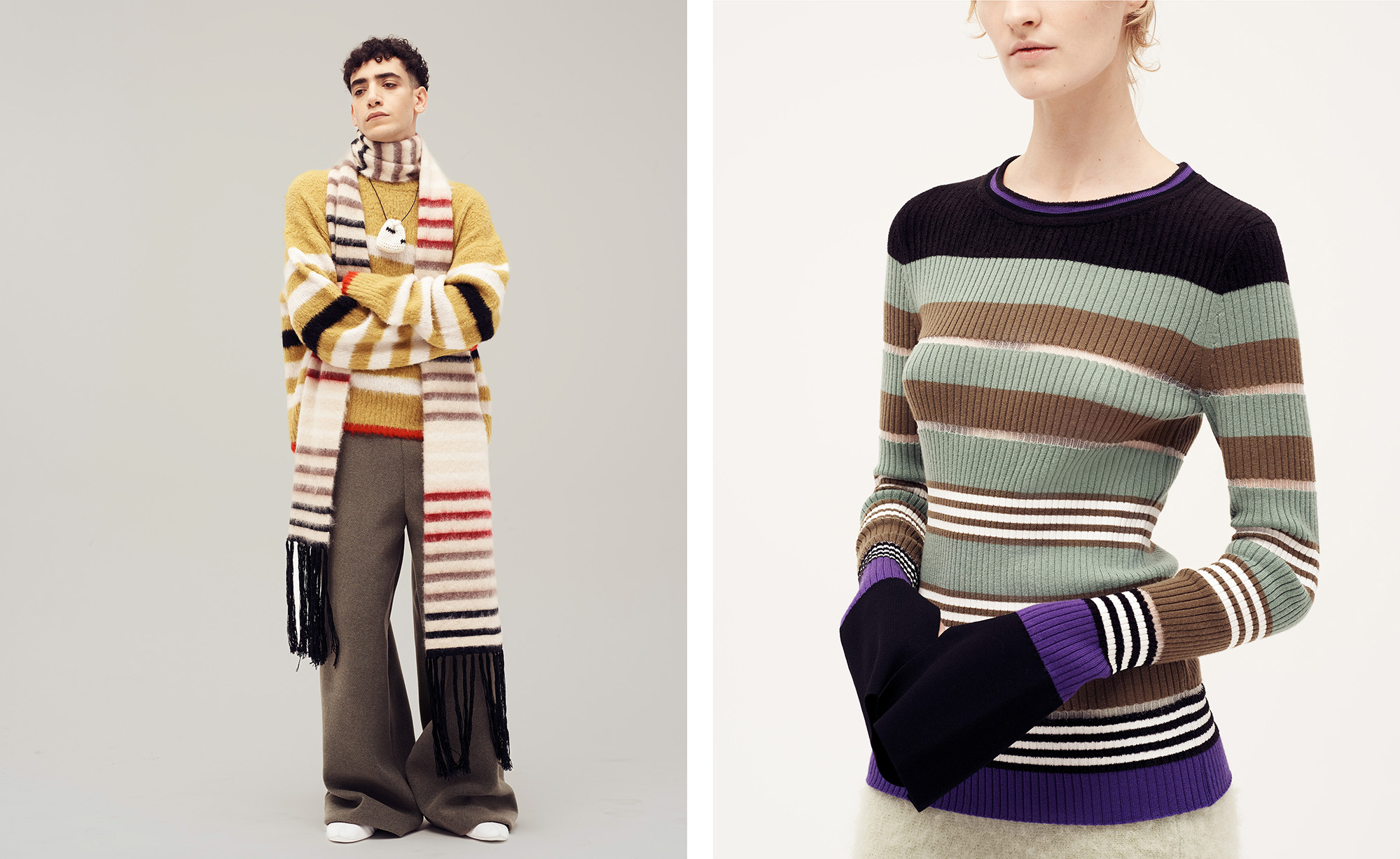
Missing Dries? Three Stylists Suggest Alternatives to Those in Distress
This past June, Dries Van Noten showed his final collection as founder and creative directive director of his namesake label after over three decades at its helm. Industry heavyweights flocked to Paris to witness his deft hand string together striped cotton poplin, gauzy sheer organza, and floral silk brocade in a series of looks one last time. Though the brand will persevere in his absence, many devotees are left in peril; where else can they access that same prowess in craft, print, and silhouette? We’ve asked a few of his steadfast admirers to identify the brands whose clothing strikes a similar chord. —C.F.
Jalil Johnson, Consider Yourself Cultured and At Present Stylist in Residence
“The first to come to mind is Christopher John Rogers. His use of color is unparalleled, and his prints are always impactful. While Christopher’s work is often seen as occasion wear, like Dries, he designs clothes that can carry you through your entire day, not just to special events. Another noteworthy brand is Zankov, a recent CFDA/Vogue Fashion Fund winner. His mastery of color and unique perspective on knits is truly exceptional. If you appreciate Dries, you’ll likely enjoy Auralee, a Japanese brand steadily gaining recognition. His creations share this practical philosophy.”
Jessica Thompson, Creative Director at Audience
“I’m looking to Marni for prints now; this summer, I’m pairing Dries stripes with Marni floral prints and am having a lot of fun with the combinations. I’m even exploring resale Marni from the Consuelo Castiglioni days. I don’t know who I’ll go to for denim, but I will say that, as odd as it sounds, some of the oversized denim from Saint Laurent has a similar feeling of insouciance and comfort that I get from my favorite Dries cuts. I like some of what Raf is doing at Prada, especially for men. I hunt for a lot of the Raf-era Prada men’s knitwear on resale platforms—some of the prints and colors are reminiscent of oversized sweaters from past Dries collections.”
Tasnim Ahmed, Writer
“I appreciate designers who understand that people aren’t one-dimensional and eschew normative notions of sex, beauty, and style, weirdos who march to the beat of their own drum…as best as one can in the industry. In terms of independent designers, it’s always going to be Christopher John Rogers. Too many designers are afraid of going big with color, but not him. When I see CJR’s work and the way he operates, off and away from the fashion calendar, revering clients old and new, it reminds me very much of the way Dries has upheld his values. A very rare gem in this trivial business.”
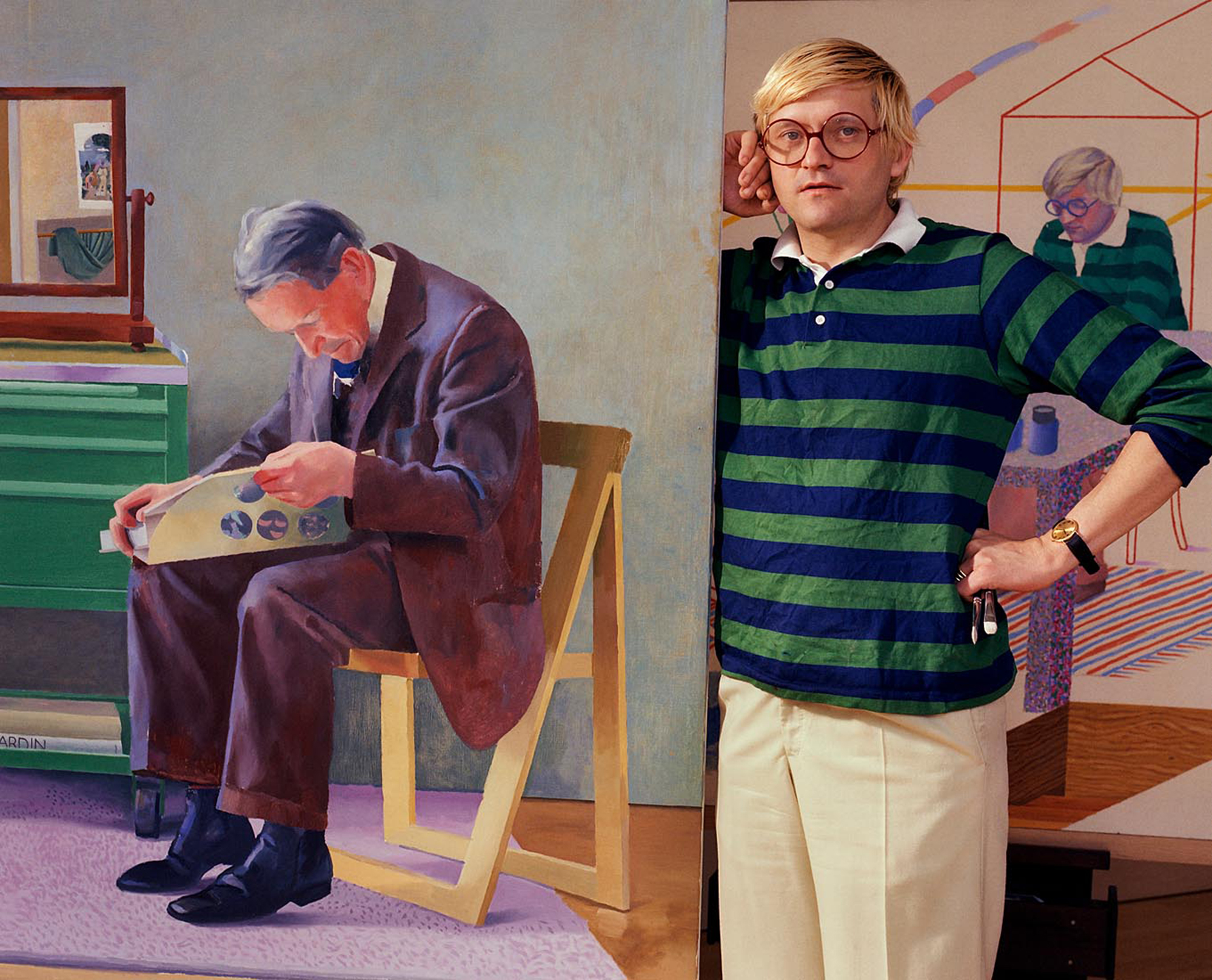
A Triad of Brilliance Lands in London; An Rising American Painter Takes a Bow; and Inside the Artistry of Cold, Hard Cash
London, “Hockney and Piero: A Longer Look” (Opens Aug. 8)
Consisting of three paintings, this exhibition by the National Gallery is modest, but not from want of more. To its director, in 1979, the English painter David Hockney wrote, “I must tell you that I love the collection of the National Gallery.” It’s where he saw Renaissance painter Piero della Francesca’s “The Baptism of Christ” for the first time, a painting he loved so much he faithfully reproduced it in the background of two portraits. With the Hockneys flanking the original 15th-century painting, this triad is an invitation to practice the art of looking long and hard at what’s before you, without distractions. nationalgallery.org.uk
Minneapolis, “Walter Price: Pearl Lines” (Opens Aug. 8)
This is a first for American painter Walter Price, who has shown worldwide—including solo at MoMA PS1 and Camden Art Centre, and in the 2019 Whitney Biennial—but never had a solo exhibition this comprehensive. He grew up in Georgia in the 1990s and, having always known he wanted to paint, served in the navy so that he could attend art school through the GI Bill. Known for their recurring motifs, his lush paintings dance between abstraction and figuration. Often they feature Black figures, patterns of stars, or domestic symbols, though sometimes they are purely abstract. With upward of 20 paintings produced from 2017 to today, including a few on show for the first time, this presentation follows the trajectory of the growing star’s career. walkerart.org
Oxford, “Money Talks: Art, Society & Power” (Opens Aug. 9)
Money, taboo in conversation and all-pervasive in life, is so ubiquitous that it’s rarely seen for what it is—a work of art itself. But the tradition of decorating bills and coins with portraits dates back centuries and is often a painstaking feat that has involved sculptors, engravers, designers, painters, and photographers to accomplish. Presenting money that is art (like 20th-century bills designed by Viennese artists Gustav Klimt and Koloman Moser), and art that is money (like contemporary work featuring the dollar bill by Andy Warhol, Guerilla Girls, and Banksy), this exhibition examines the art of cash and the complicated emotions that come with it. ashmolean.org —Vasilisa Ioukhnovets

A great design or art fair sets the tone for the year, defines the conversations, and points to where taste is headed. These are the fairs defining 2026. Save the dates.
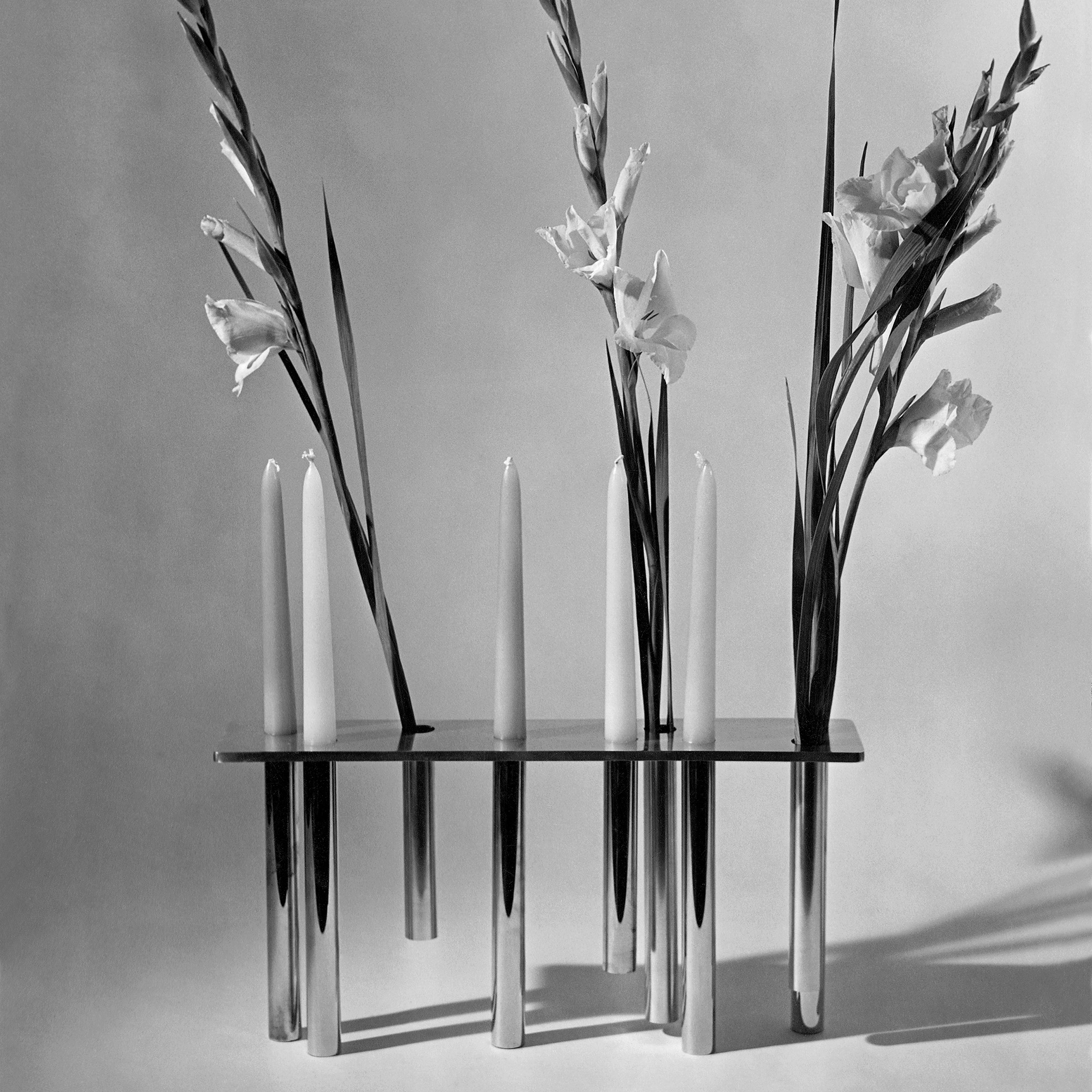
We assembled our favorite design objects for the people on your list that have everything, including taste.
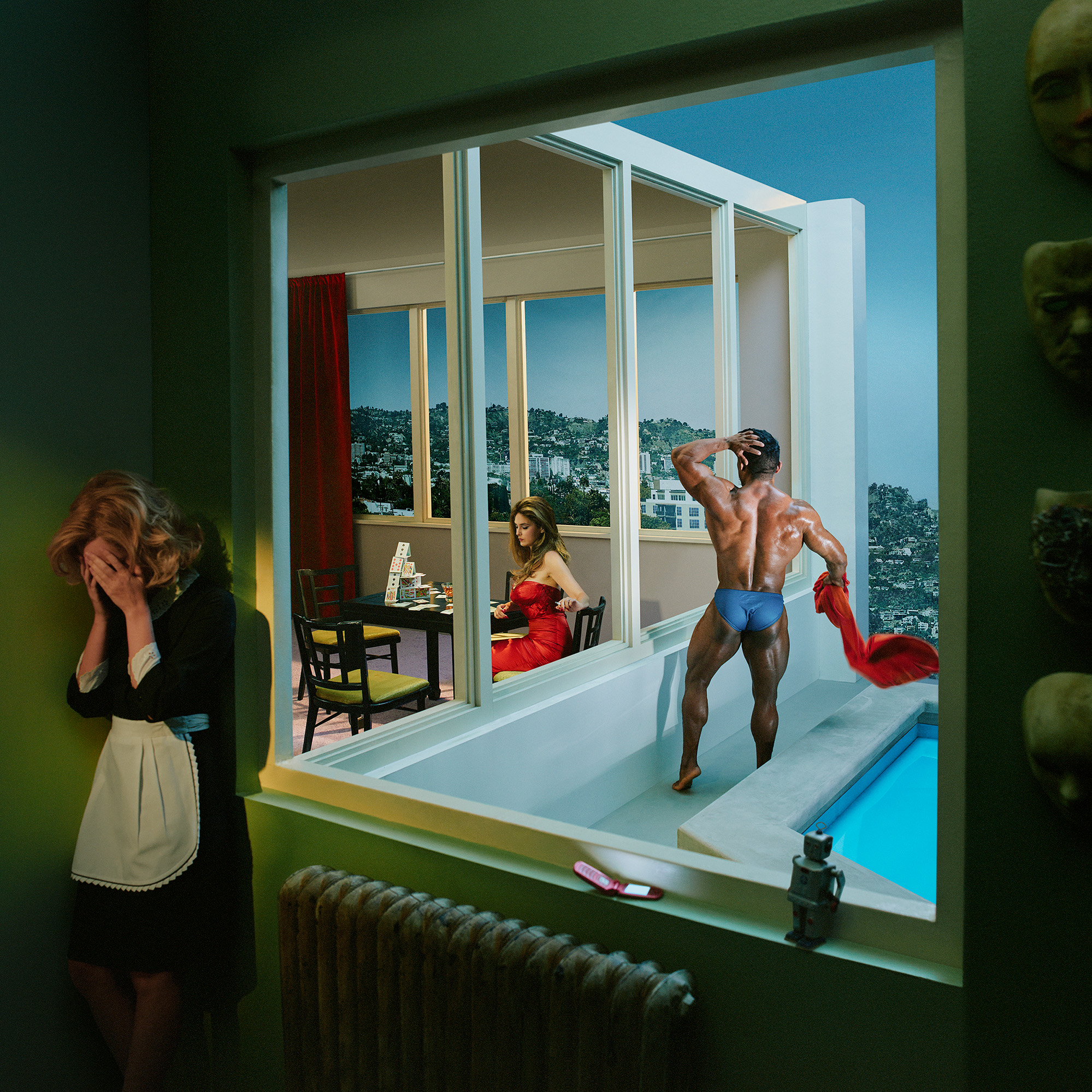
We checked in with our former podcast guests who will be inching through Miami traffic, unveiling new works, signing books and revealing new projects this year.